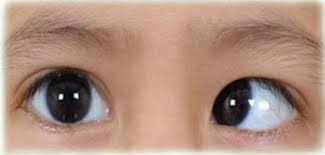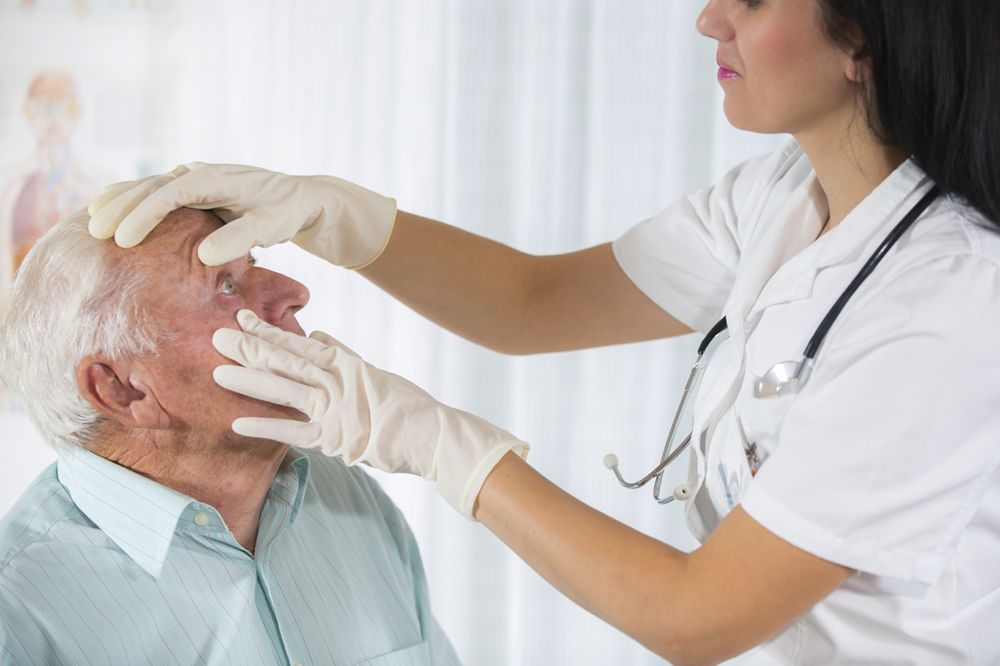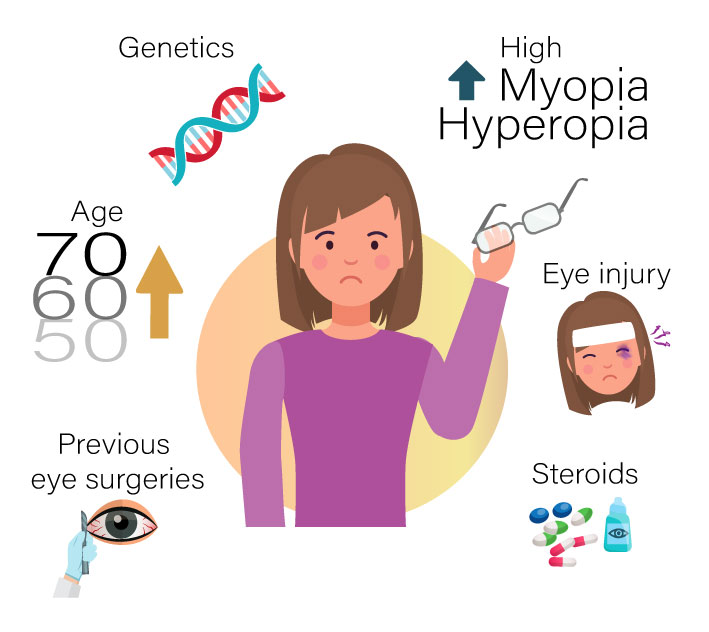The diagnosis of squint eye, also known as strabismus, typically involves a comprehensive eye examination performed by an ophthalmologist or a pediatric ophthalmologist. Here is an overview of the diagnostic process for squint eye:
- Medical History: The eye specialist will begin by taking a detailed medical history, including any family history of eye conditions, previous eye surgeries, or other relevant medical information.
- Visual Acuity Testing: Visual acuity tests, such as the Snellen chart or age-appropriate visual acuity tests for children, are conducted to measure how well each eye can see individually. This helps determine if there are any underlying refractive errors (nearsightedness, farsightedness, or astigmatism).
- Cover-Uncover Test: The cover-uncover test is a simple yet important assessment. The patient is asked to focus on an object, and one eye is covered while the other is observed. The uncovered eye’s movement is noted. If one eye shifts to re-establish fixation when it is uncovered, it can indicate a misalignment or strabismus.
- Alternate Cover Test: This test is similar to the cover-uncover test but involves alternating the cover between the eyes. It helps the eye specialist assess the extent and direction of the eye misalignment.
- Ocular Motility Examination: The patient’s ability to move their eyes in different directions is evaluated to check for any limitations or restrictions in eye movement. This assessment helps determine which eye muscles may be affected.
- Refraction: Refraction testing is performed to determine the need for eyeglasses or contact lenses. Correcting refractive errors can sometimes help improve eye alignment.
- Pupil Examination: The size and reaction of the pupils to light are examined to assess pupillary function and rule out certain neurological conditions.
- Dilated Eye Examination: In some cases, the ophthalmologist may use eye drops to dilate the pupils, allowing for a more detailed examination of the inside of the eye, including the retina and optic nerve.
- Assessment of Eye Alignment: The specialist will assess the alignment of the eyes both at near and distance fixation, looking for signs of misalignment in different gaze directions.
- Specialized Testing: Additional tests, such as the use of prisms or special imaging techniques like the Hirschberg test or corneal light reflex test, may be used to quantify the degree of misalignment.
- Evaluation of Binocular Vision: Binocular vision assessments determine how well the eyes work together and their ability to perceive depth and three-dimensional images. Tests like the stereoacuity test may be conducted.
Based on the results of these assessments, the eye specialist can diagnose the type and severity of squint eye and develop an appropriate treatment plan. Early diagnosis and intervention are essential, especially in children, as untreated strabismus can lead to amblyopia (lazy eye) and vision problems. Treatment options may include eyeglasses, vision therapy, patching, or surgery, depending on the individual’s age, the cause of the strabismus, and the extent of eye misalignment.
Now you can reach our Dr. Sonia Maheshwari ,Eye Specialist in Vidyavihar practicing at Clear Sight Eye care and Laser Center.




